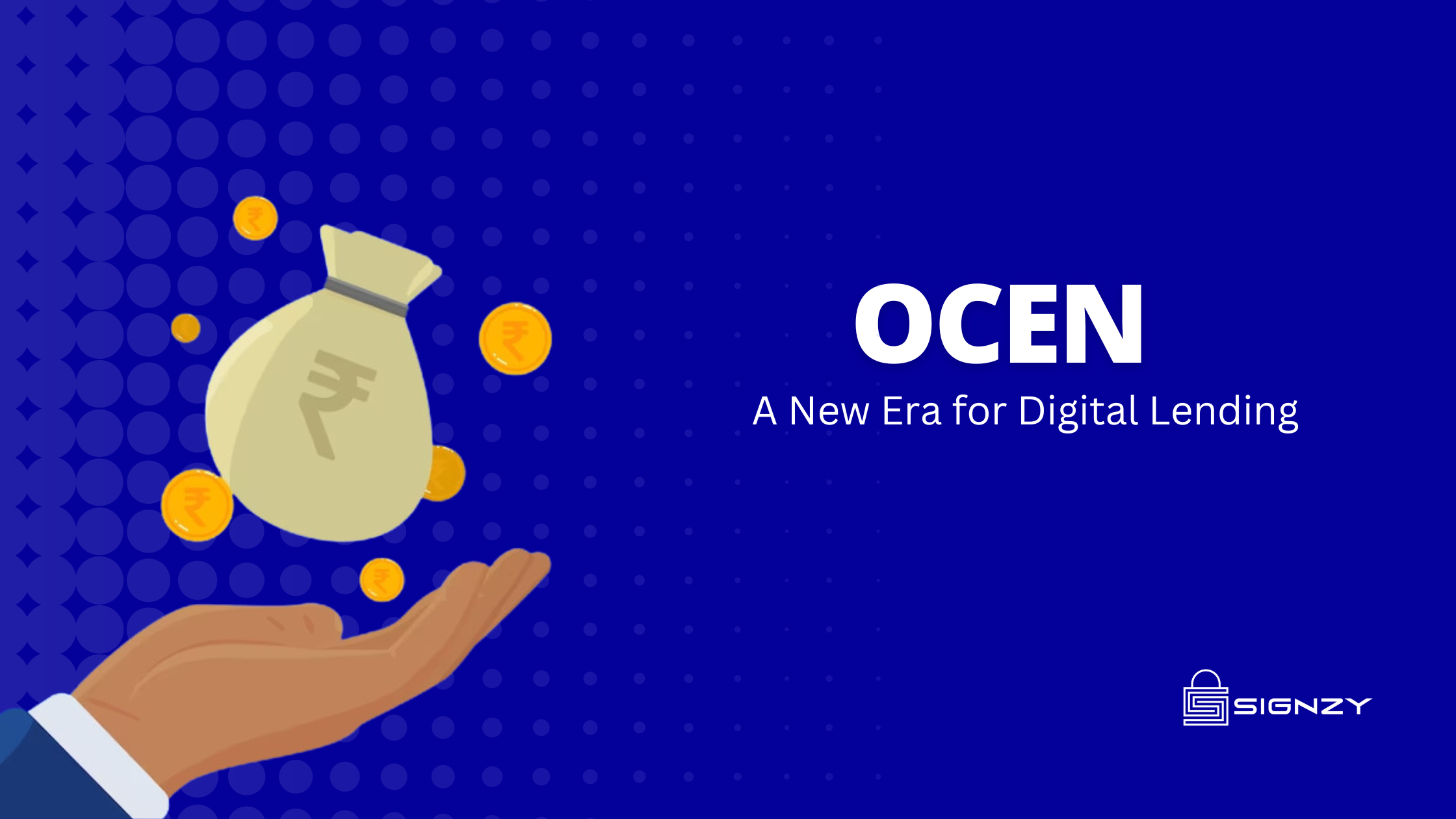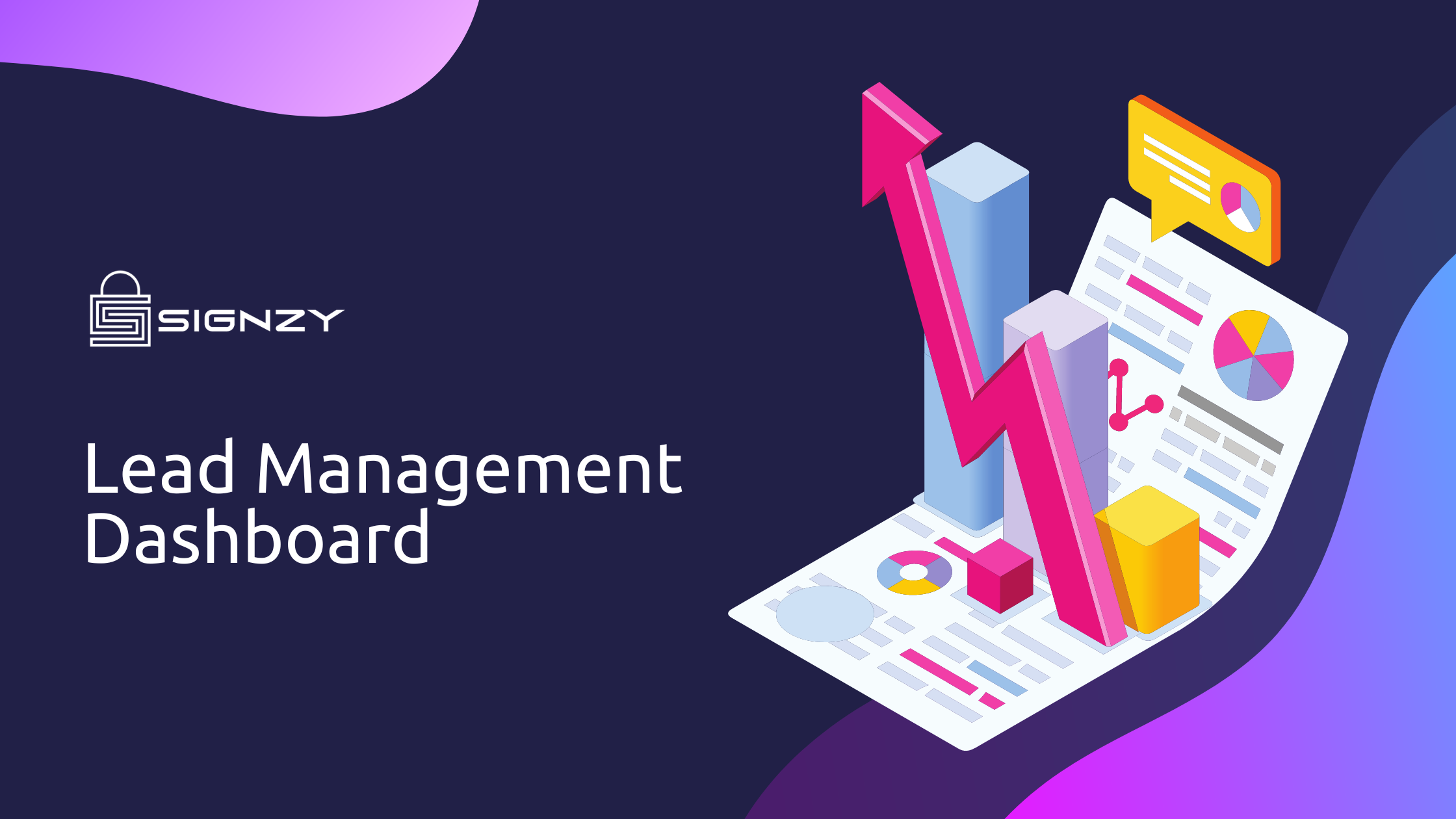The world of fintech is continually evolving, and innovations in the financial services sector are reshaping the way we manage money, access credit, and foster economic growth. One such innovation that has been making waves is OCEN (Open Credit Enablement Network). In this blog, we will explore what OCEN is, its impact on digital lending, and more.
What is OCEN?
At its core, OCEN serves as a digital infrastructure that allows financial institutions and fintech companies to collaborate efficiently, reducing the time and effort required to process loans and deliver financial services. It sets the stage for the creation of a unified digital lending ecosystem, where data can flow seamlessly. Consequently, this empowers lenders to make more informed lending decisions and extends access to credit to a broader segment of the population.
ICICI Bank, a leading financial institution in India, has embraced OCEN technology to enhance the loan application process for Micro, Small, and Medium Enterprises (MSMEs). By leveraging OCEN’s robust APIs, ICICI Bank offers a streamlined and convenient digital application process for MSMEs. This enables instant loan sanctions based on pre-approved credit limits, significantly reducing the time and effort traditionally required for loan approvals. This proactive approach supports and empowers MSMEs, facilitating their growth and development.
Impact on Digital Lending
Efficiency: OCEN streamlines and automates the processes of sharing and verifying data, significantly reducing the time it takes to process loan applications. This efficiency benefits both lenders and borrowers, making access to credit quicker and more convenient.
Risk Assessment: With access to a broader pool of data, lenders can better assess the creditworthiness of borrowers, leading to more accurate risk assessment models. This can result in more competitive interest rates and better loan terms for borrowers.
Cost Reduction: Financial institutions can reduce operational costs by eliminating manual processes and redundant data entry. These savings can be passed on to borrowers or reinvested in improving services.
Financial Inclusion and OCEN
One of the most promising aspects of OCEN is its potential to drive financial inclusion. In many parts of the world, a significant portion of the population remains unbanked or underbanked, lacking access to basic financial services and credit. OCEN can help address this issue in several ways, such as:
Wider Reach: OCEN’s digital infrastructure allows financial institutions to extend their services to previously underserved areas, including remote rural regions. This widens the reach of financial services and promotes economic development.
Alternative Data: OCEN encourages the use of alternative data sources, such as utility bill payments and mobile phone usage, to assess creditworthiness. This can benefit individuals with limited or no traditional credit history.
Lower Costs: With streamlined processes and reduced overheads, lenders can offer more affordable financial products, making them accessible to a broader range of consumers.
Challenges and Considerations
While OCEN holds immense promise, it is not without its challenges and considerations. Some of the key factors to keep in mind include:
Data Privacy and Security: As OCEN involves the sharing of sensitive financial data, ensuring robust data privacy and security measures is paramount to protect consumers’ information.
Regulatory Compliance: The framework must navigate various regulatory environments in different countries. Compliance with local laws and regulations can be complex and requires careful consideration.
Digital Divide: While OCEN can promote financial inclusion, it also relies on digital infrastructure. Bridging the digital divide and ensuring that all segments of the population have access to the necessary technology is a crucial challenge.
OCEN’s Future and Global Relevance
The future of OCEN is bright, with its potential reverberating on a global scale. As more countries and financial institutions adopt this framework, it will become a standard in the digital lending landscape. Here are the top reasons why OCEN is gaining traction globally:
- OCEN’s focus on interoperability makes it adaptable to various financial ecosystems, making it appealing to a wide range of stakeholders.
- The cost-efficiency offered by OCEN is an attractive proposition for financial institutions looking to remain competitive in an ever-evolving market.
- OCEN fosters innovation by encouraging collaboration between traditional lenders and fintech innovators. This results in a more dynamic and customer-centric financial industry.
Conclusion
OCEN represents a pivotal moment in the evolution of digital lending and financial services. As OCEN continues to gain momentum and adoption, it has the potential to reshape the way we access credit, promote financial inclusion, and drive economic growth on a global scale. However, it is essential to navigate the challenges and considerations carefully to ensure that OCEN’s benefits are fully realized while safeguarding the interests and privacy of consumers.
About Signzy
Signzy is a market-leading platform redefining the speed, accuracy, and experience of how financial institutions are onboarding customers and businesses – using the digital medium. The company’s award-winning no-code GO platform delivers seamless, end-to-end, and multi-channel onboarding journeys while offering customizable workflows. In addition, it gives these players access to an aggregated marketplace of 240+ bespoke APIs, easily added to any workflow with simple widgets.
Signzy is enabling ten million+ end customer and business onboarding every month at a success rate of 99% while reducing the speed to market from 6 months to 3-4 weeks. It works with over 240+ FIs globally, including the 4 largest banks in India, a Top 3 acquiring Bank in the US, and has a robust global partnership with Mastercard and Microsoft. The company’s product team is based out of Bengaluru and has a strong presence in Mumbai, New York, and Dubai.
Visit www.signzy.com for more information about us.
Contact us directly!







